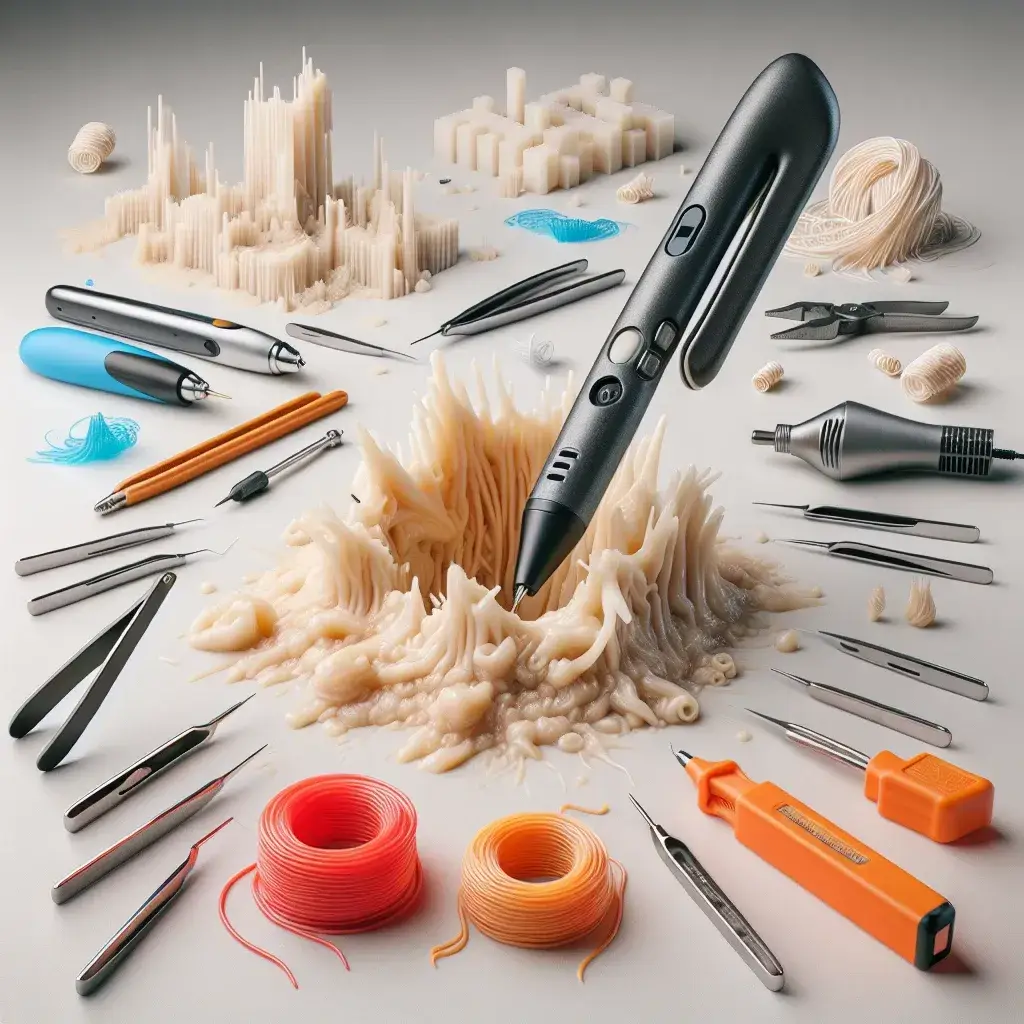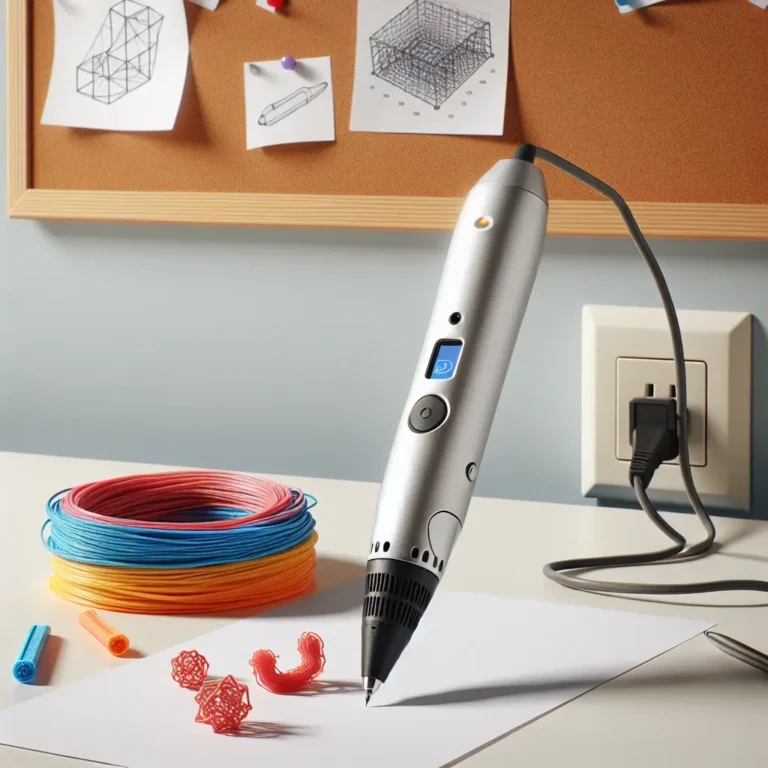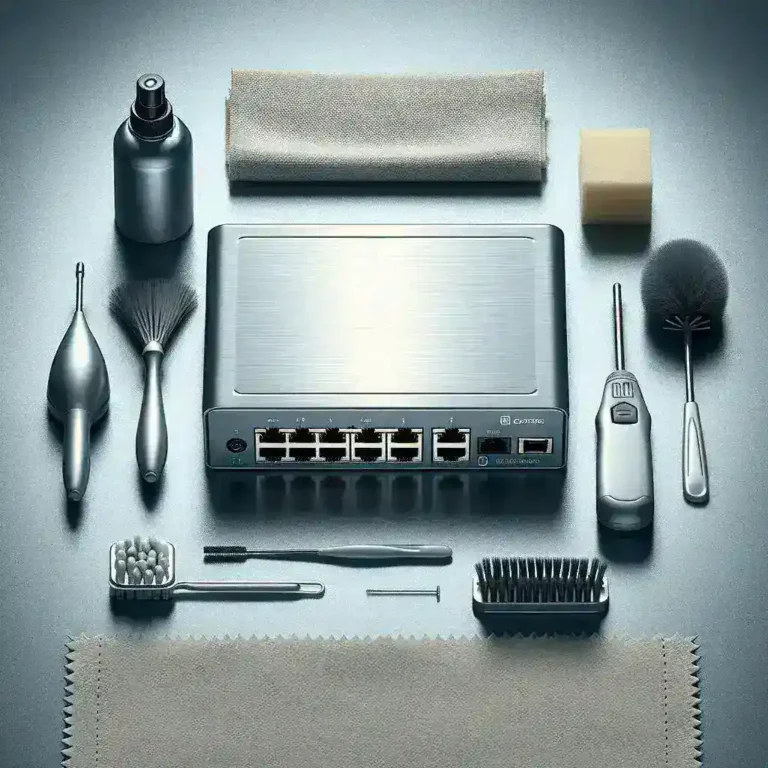Introduction
3D pens offer incredible versatility and creativity for artists, hobbyists, and professionals alike. However, uneven extrusion is a common issue that can hinder your projects. In this article, we will explore several effective methods to diagnose and address uneven extrusion in a 3D pen.
Common Causes of Uneven Extrusion
To effectively fix uneven extrusion, it is crucial to understand the common causes:
- Clogged Nozzle
- Improper Temperature Settings
- Poor Quality Filament
- Feeding Mechanism Issues
| Cause | Details |
|---|---|
| Clogged Nozzle | Filament particles or debris that block the nozzle |
| Improper Temperature Settings | Temperatures too high or low can result in uneven flow |
| Poor Quality Filament | Inconsistent filament diameter or impurities in the filament |
| Feeding Mechanism Issues | Inconsistent tension or feeding speed |
How to Diagnose the Issue
Before fixing the issue, diagnosing the problem correctly is vital. Here are some diagnostic steps:
Step 1: Inspect Nozzle and Tip
Check for any visible clogs or debris at the nozzle.
Step 2: Check Temperature Settings
Ensure the temperature aligns with the filament manufacturer’s recommendations.
Step 3: Examine Filament Quality
Inspect the filament for any inconsistencies or impurities.
Step 4: Evaluate the Feeding Mechanism
Check for any signs of wear, improper tension, or feeding irregularities.
Solutions to Fix Uneven Extrusion
1. Cleaning the Nozzle
Use a small pin or needle to clear any obstructions from the nozzle. If the clog persists, utilize a dedicated nozzle cleaning tool or filament cleaner. Heat the 3D pen to the appropriate temperature before attempting to clear the nozzle.
2. Adjusting Temperature
Refer to the filament’s packaging for optimal temperature settings. If you encounter uneven extrusion, consider increasing or decreasing the temperature in small increments (5-10 degrees) and observe the changes in extrusion quality.
3. Quality Filament
Always opt for high-quality filaments from reputable manufacturers. Cheap filaments often come with inconsistencies that can lead to extrusion problems. Store your filament in a dry environment, preferably in a sealed bag with a desiccant to prevent moisture absorption.
4. Feeding Mechanism Maintenance
Regularly inspect and maintain the feeding mechanism of your 3D pen. Ensure there are no obstructions in the feeder tube, the tension is appropriately set, and the motor operates smoothly. Lubricate moving parts if necessary.
Additional Tips for Smooth Extrusion
Tip 1: Regular Maintenance
Make it a habit to routinely clean and maintain your 3D pen to prevent buildup of debris and ensure consistent operation.
Tip 2: Calibration
Calibrate your 3D pen settings regularly to align with the type of filament you’re using.
Tip 3: Proper Storage
Store your 3D pen and filament in a controlled environment, protecting them from dust, moisture, and extreme temperatures.
Tip 4: Practice and Experiment
Spend time practicing different techniques and experimenting with various settings to find what works best for your particular 3D pen and projects.
Conclusion
Fixing uneven extrusion in a 3D pen requires a combination of proper maintenance, correct settings, and quality materials. By understanding the common causes and applying the solutions provided, you can regain smooth and consistent extrusion for your 3D projects. Remember, patience and regular practice are key to mastering the art of 3D pen drawing.




Leave a Comment